The Moon Tiny Flash – launching on Kickstarter soon – is exactly what it sounds like it is; a tiny flash. It’s more tiny than any other flash on the market. It’s also universal, USB-C rechargeable, simple to use and intentionally under-featured.
These days, I’d definitely not describe me a flash photographer – in fact, I use flash so infrequently that in the process of testing the Moon Tiny Flash, I forgot some of the basic principles. But when Bertrand got in touch asking if I wanted to try this flash, I was intrigued enough by his apparent design ethos to give the thing a go, despite some initial scepticism at its under-specification.
My lack of current flash skills acknowledged, I should add that I have actually used flash quite a bit in the past- especially in the early days of my career as a photographer shooting weddings. I also made use of studio flashes for years for product and headshot/portrait work. But I must admit, the high-ISO capability race that allowed me to rely on natural light for weddings and the discovery of constant lights in the studio have both seen me selling or moving away from bright flashes of light as part of my work-photography.
As part of my hobby, I have also been known to enjoy a bit of direct flash photography. I got some great shots with the Ricoh GR1 of some drunken mates on a stag do a few years back for example, and even further back I used to enjoy making use of a Nikon SB-20 on various film and digital cameras both mounted to cameras and connected via a cable for off-camera flash fun.

Though as I’ve said, in recent times, I’ve not used a flash at all. The issue I have now is that I use them so infrequently that I forget how. Modern flashes – for the most part at least – are so profoundly complicated that I go a little cross eyed trying to remember/work out how to use them. And though the manual flash learning curve isn’t a steep one, it’s one I can’t often be bothered with. In fact, I sold my last Nikon SB-20 a few years ago now.
So why the interest in the Moon Tiny Flash?
My initial reaction to the Moon Tiny Flash was a little tainted by scepticism. It has no controls at all. Just an on switch. I first thought this must point to it being some sort of TTL flash, but as I dug into the specs I found that actually it’s not. In fact, it’s just a very simple, single power flash with a single trigger pin on its foot.
Discovering this didn’t initially allay my scepticism. I used to love the SB-20 for the fact that I could lower the power to get an ambient light balanced look to my images. I wouldn’t be able to do this here.
I asked Bertrand about this, his response was actually what piqued my interest.
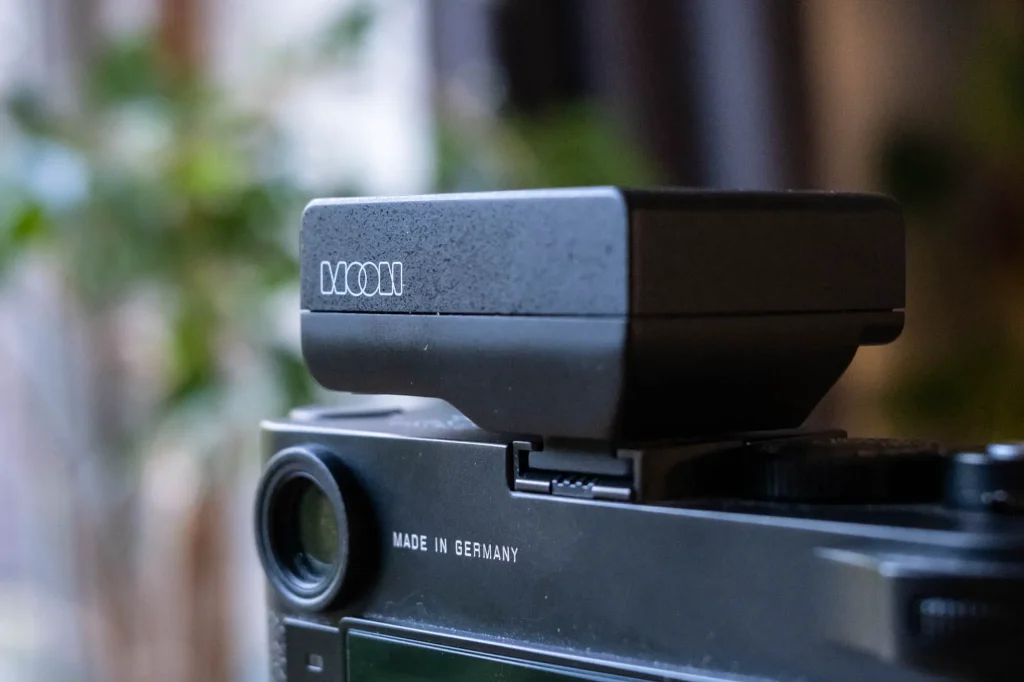
The Moon Tiny Flash design
Bertrand told me that the design ethos of the Moon Tiny Flash was to keep it as portable as possible, and almost overtly simple – those who read my content on this website often will probably know that this is just the sort of thing to say to me to grab my attention.
USB-C Rechargeable
To begin with, it’s USB-C rechargeable. This means no bulky batteries and no charger to tote around when travelling etc. Even if you don’t have a device that is charged via USB-C (which is becoming increasingly unlikely), it comes with a little USB -> USB-C cable meaning it can be charged via normal USB plugs that come with almost all smartphones etc.
(Near) Universal Compatibility
The Moon Tiny Flash is also triggered by a single pin via the camera hot shoe or via a PC sync cable that plugs into the USB-C charging socket on the side. This makes for a flash that is almost entirely universal. It also doesn’t come with the worries associated with old flash guns and high trigger voltages so it can be used with any camera – film or digital – that has either a standard hot shoe or PC sync socket.
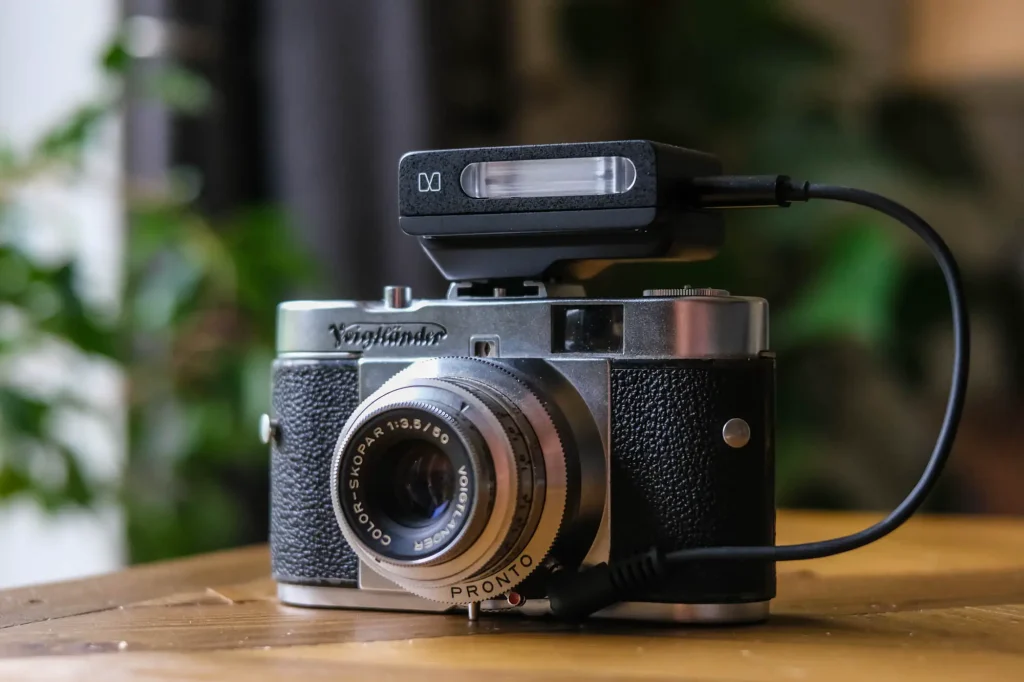
A flash that will be used
And whilst it’s true that there are many flash guns on the market that have have adjustable power, they are all a lot bigger than the Moon Tiny Flash. The idea behind the Moon Tiny Flash was not to create a flash that had lots of features, but instead to create a flash that people who don’t often shoot flash – or those who do shoot flash but tire of carrying bulky kit – would actually take out with them.
The Moon Tiny Flash Design
The lack of control over the flash’s output was a design compromise to keep the Mini Flash as tiny as it could possibly be. It’s the same ethos that Matt took when designing the Reveni mini light meter. The ultimate goal was small size, to achieve this, certain compromises were made. This is the same deal with the Moon Tiny Flash – to keep it as small as possible, compromises were made when it comes to features. The difference here, as I will get to in a moment, is the compromises in terms of features create a positive user experience too.
Outside of the user experience, the Moon Tiny Flash is also a very nice looking bit of kit, I think. It looks really smart on my Leica M10-P, but also works equally well on the older Canon QL17 and Voigtlander Vito B I tried it on. It’s understated, but still quite stylish I think.
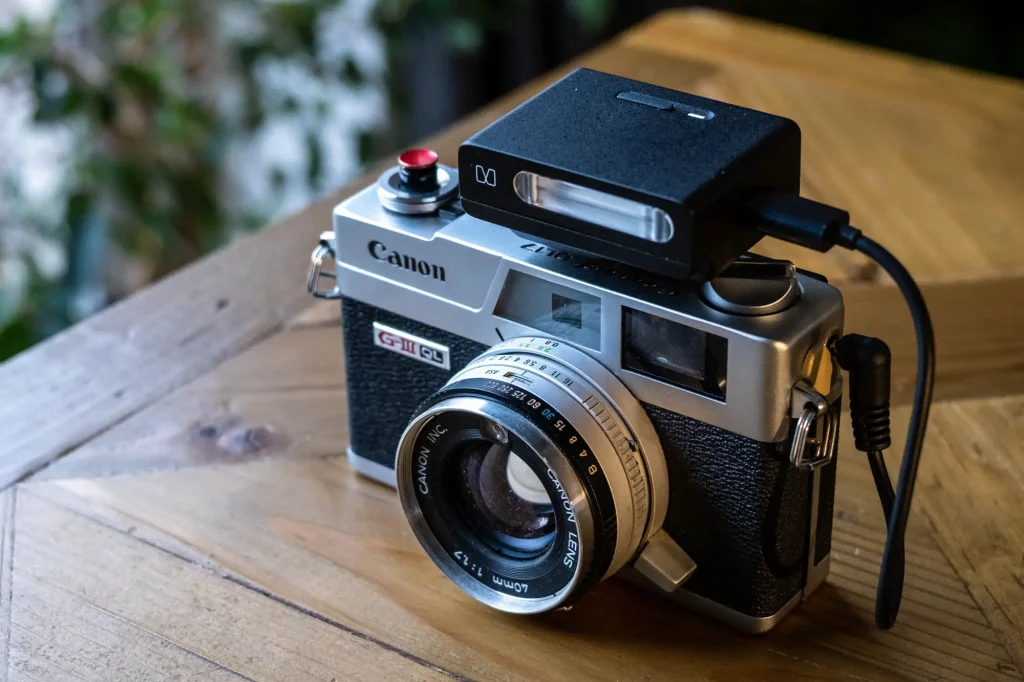
Using the Moon Tiny Flash
The effect of the flash on the photo is simply controlled by the photographers choice to of aperture and ISO. The Moon Tiny Flash has a guide number of 12 meaning it’s fairly low powered, but has plenty enough oomph for most casual flash requirements. It also comes with a little cheat-sheet for setting your ISO and/or aperture depending on your subject distance.
To give you a sense of how long it has been since I used a flash, when I first received the Moon Tiny Flash, I looked at the instructions and wondered why I couldn’t see any reference to what shutter speed I should set the camera to…! When Bertrand replied reminding me that the camera should be set to its sync speed I smiled to myself at the thought of him wondering what sort of flash-novice-plonker he had sent it to.
Once I got my head over that temporary brain-fade lack of knowledge/ability, I started of by shooting it with a 50mm lens using the little cheat sheet to set the ISO and aperture on my M10. Of course, it’s works perfectly. This is one of the advantages of not relying on the tech that comes with TTL flash guns. If you know the power of the flash and the approximate distance of your subject, by setting the correct ISO and aperture on the camera, you will get perfectly exposed results every single time.

That all said, I quickly remembered that I don’t find using flash with a normal focal length lens to be particularly inspiring. Whenever I have shot flash in the past, I’ve always had the most fun taking advantage of wide angle lenses and broad depth of field to get fun close-up snapshots.
Another product of the simple nature of the Moon Tiny Flash is that it has a fixed angle of coverage. It covers around the equivalent of 30mm in 35mm photography terms. Back when I used to shoot my SB-20, I used to set it to the telephoto setting when using wider lenses to create a vignetting of the flash light. To achieve this look with my Leica, I initially mounted my Zeiss 25mm ZM, then when I realised I wanted to be able to focus closer, I mounted my Pentax-M 20mm f/4 which focuses right down to 25cm.

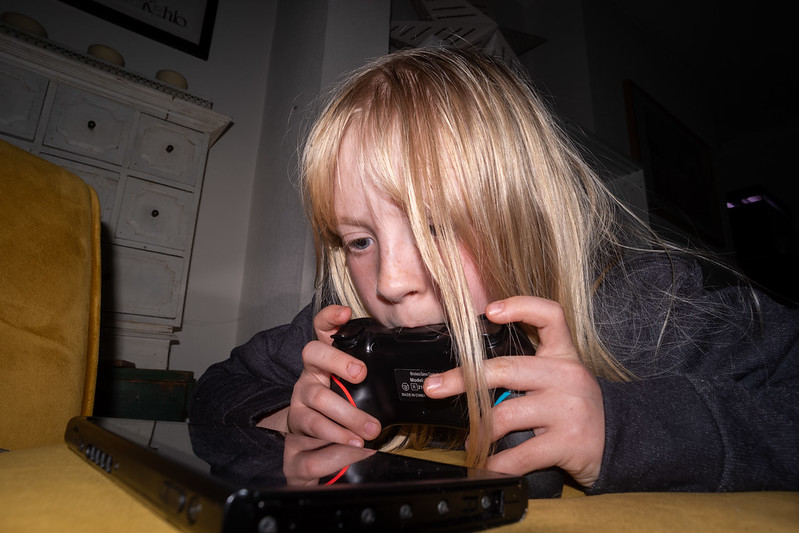
Being as we are in lockdown in the UK at the moment, my only subject matter was to be my kids. I wanted to get some fun shots of them playing in the living room.
I got a couple of shots of them playing a splatter-face game with some whipped cream and began to remember the real fun of this sort of photography. By cranking the ISO up a little bit, I could set the lens to much smaller apertures meaning that even at close distances I didn’t need to worry about focusing at all. I could very easily achieve low light snapshot photography without having to think about much beyond the subject distance.

I was pleased with these results too, but felt something was missing. I quite often shoot my kids at between 1/60th and 1/125th regardless of the lighting. I like the little bit of motion blur this can bring to the photos which captures something of the boundless energy of children. Of course, flash by its nature creates a high shutter speed – it’s such a short burst of light that it freezes pretty much any motion.
It was mulling over this that I remembered the fun to be had shooting at much slower shutter speeds than the sync-speed. By doing this, the flash light freezes the subject, but the longer shutter speed captures a blurry impression of the ambient light. It also adds a feeling of energy to the results. These were taken by firing the shutter at 1 sec with the composition I wanted then intentionally moving the camera to blur the ambient lit background.
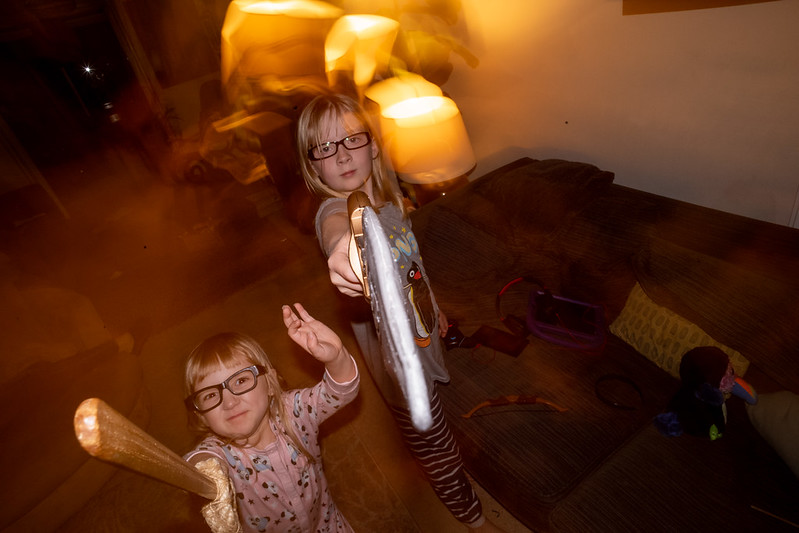



Despite the obvious limitations of this internationally-simple flash, I’d found a way to use it creatively. In fact, doing this made me realise something of the beauty of the lack of controls, options and switches. I’ve drifted totally away from flash over the years, partly – as I’ve alluded – because I forget how to do it. By shooting with a flash with such limited options, I was able to very quickly re-learn the basics and achieve some results I was really pleased with. I’ve said this sort of thing a million times on this website. Sometimes the fewer the features, the greater the limitation, the easier it is to achieve intent without getting bogged down.
Of course, to regular flash users, this sort of mentality will apply less. But I’d bet there are still some flash users that would revel in the simplistic nature of this flash in the same way there are plenty of photographers (like me) who enjoy the simplistic nature of some cameras once in a while.
The simplistic nature of the Moon Tiny Flash will be all that some infrequent flash-shooters will ever need too.
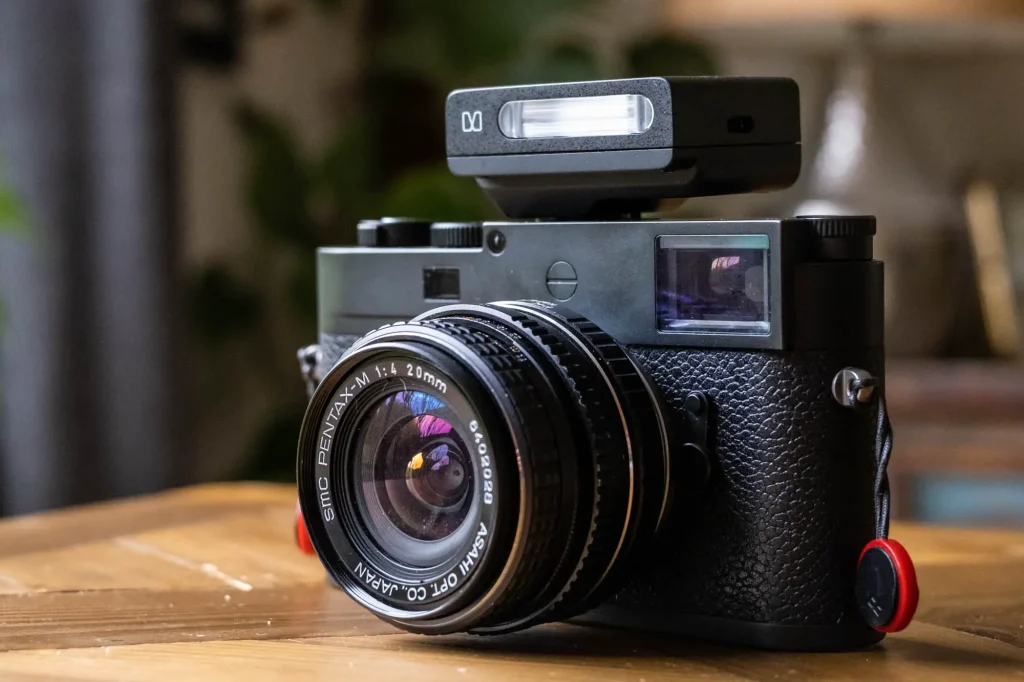
Final thoughts
I ended up spending just over an hour on the phone to Bertrand the other day. It turns out he is the main man behind this project, but is also industrial designer himself. We talked for a while about user experience, and the attraction we both share toward simplistic products and positive user experience. It’s clear to me that Bertrand had a well defined idea for what he wanted the flash to offer and who he wanted it to offer that to when he set out designing the Moon Tiny Flash.
There is a little bit of me that wonders just how much bigger it would need to be to have a simple full, 1/2, 1/4, 1/8, 1/16th power switch, but I also find myself totally understanding Bertrand’s position that size and ultimate simplicity were his key goals. There will always be a place for all-singing, all-dancing TTL flashes that triple the size of your camera, have enough power to light up a stadium and work intelligently with the camera they are mounted to. But that part of the market is saturated. The Moon Tiny Flash occupies a very much more sparsely serviced part of the market – it offers less controls, less power, and less weight. But with that, it also offers both extreme portability and compatibility.
I have really enjoyed the Moon Tiny Flash – unfortunately, I have to send this one back. It’s only a prototype, as this flash isn’t actually available on the market yet. It is – as I said at the beginning of this article – soon to be launched on Kickstarter.
Bertrand has told me they will be offering early bird prices to those who back the campaign – so if you like the look of it, get yourself over to the Moon website and sign up to their email list to be notified as soon as the campaign launches.
Share this post:
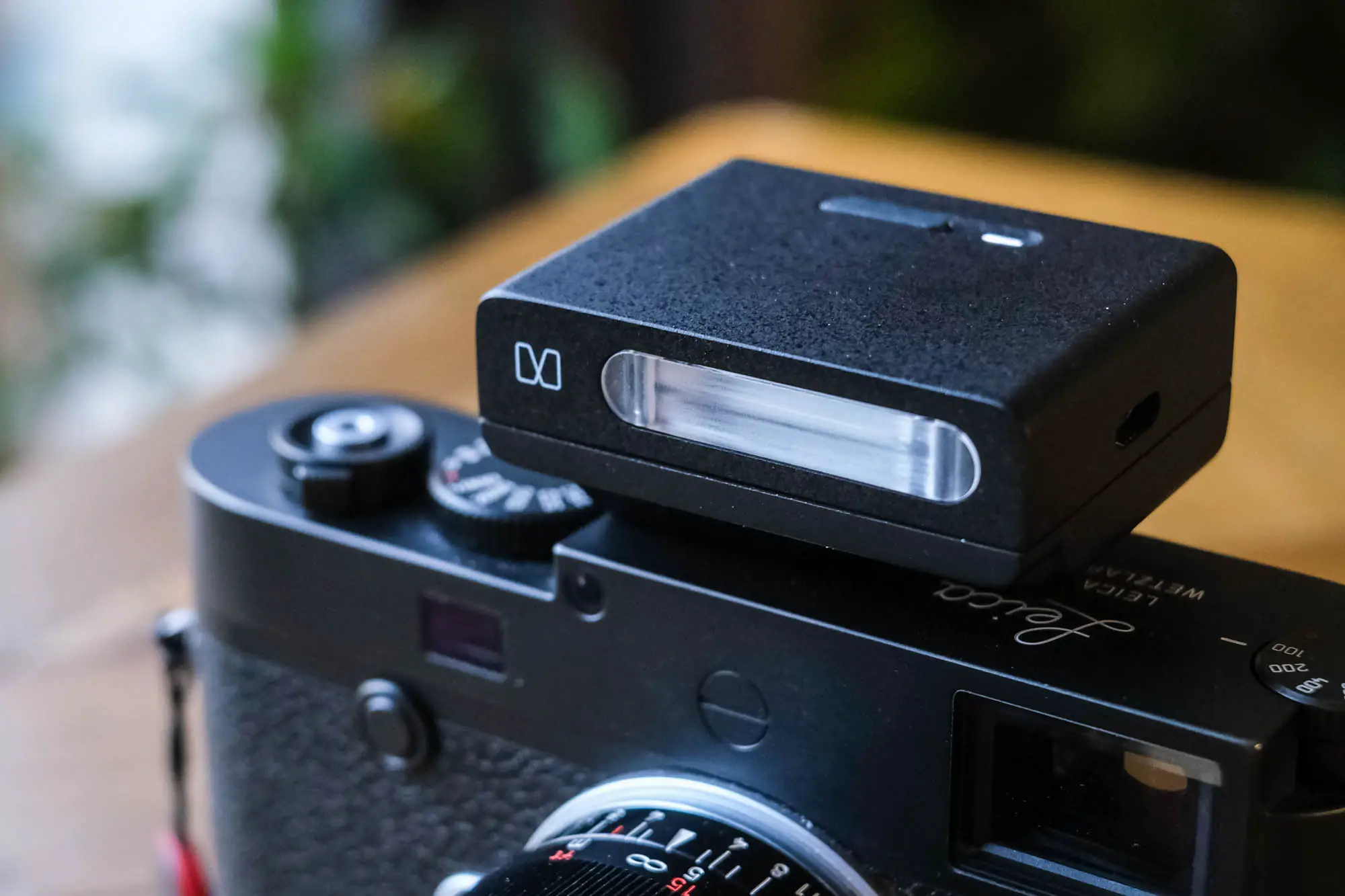
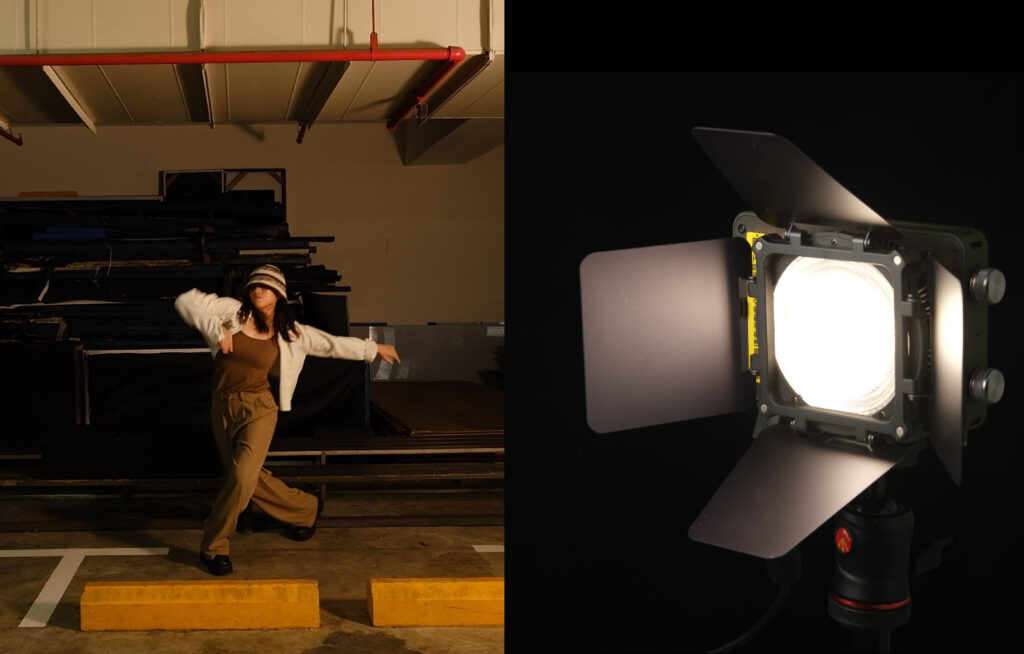
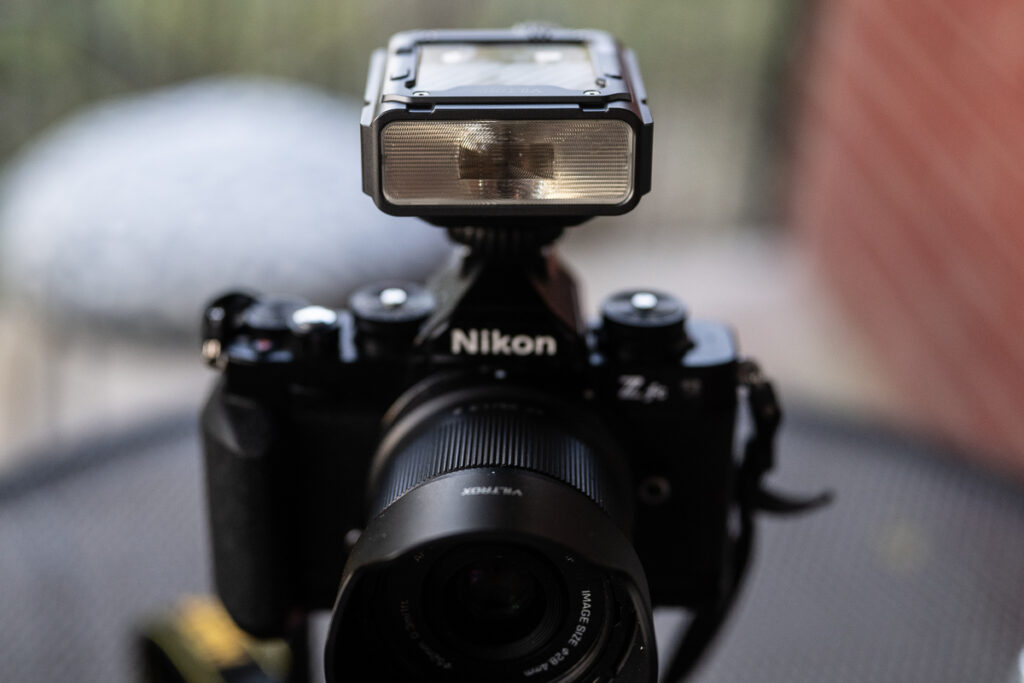
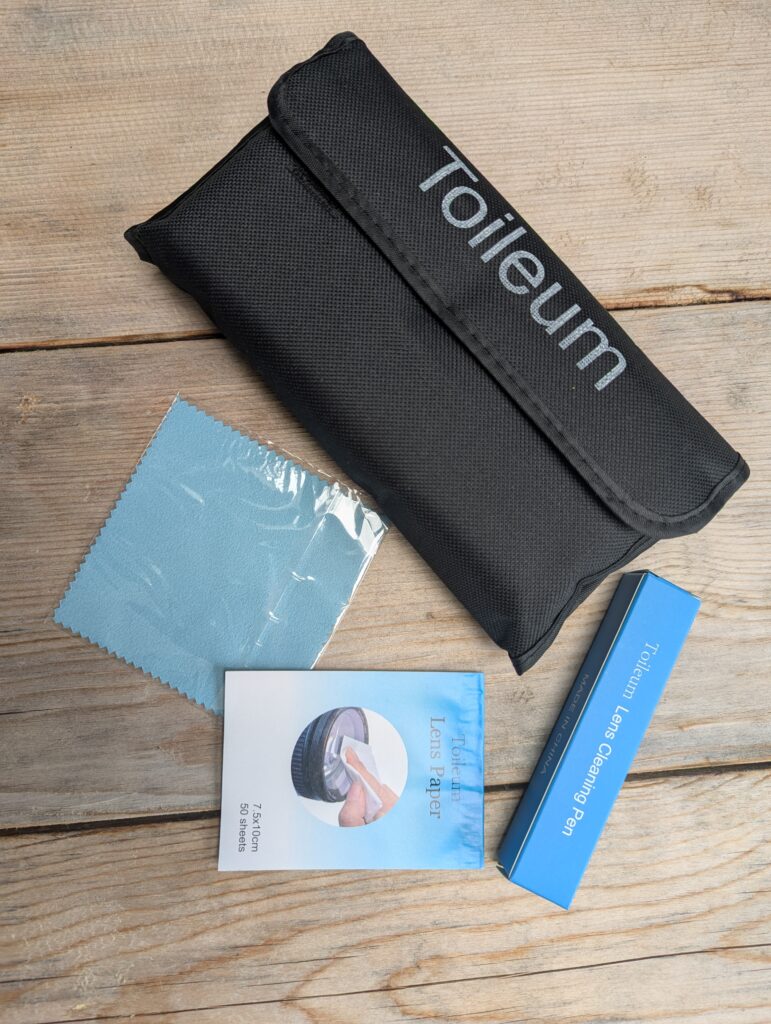
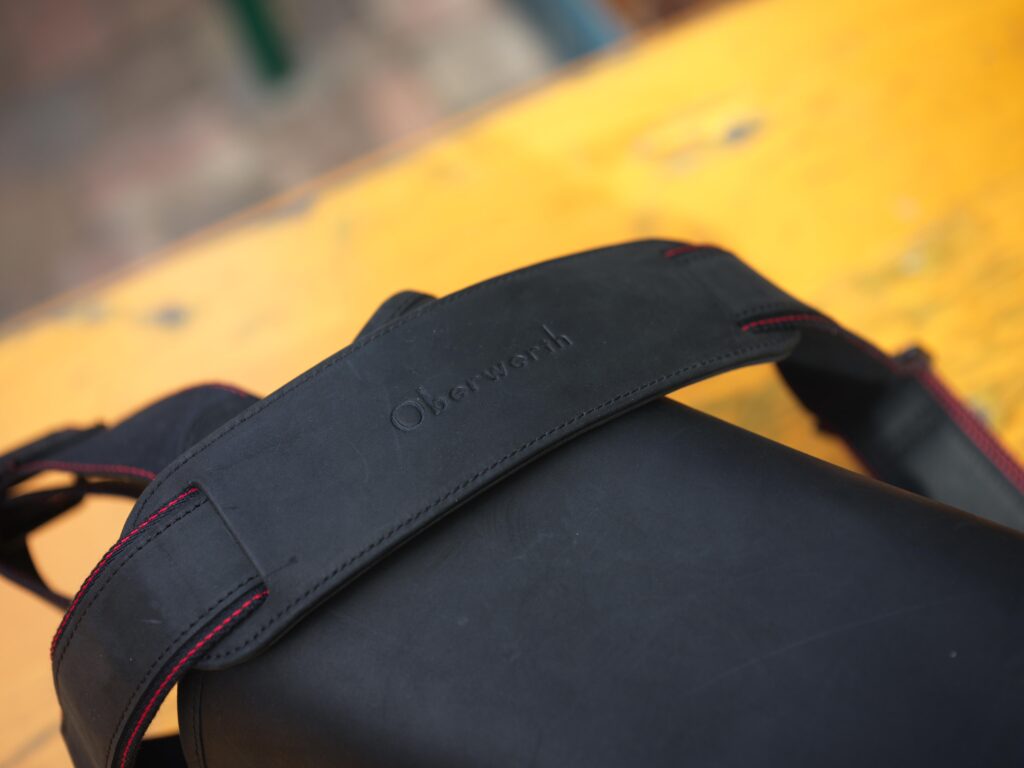




Comments
Rob on Moon Tiny Flash – Mini Flash Mini Review
Comment posted: 16/11/2020
Paul on Moon Tiny Flash – Mini Flash Mini Review
Comment posted: 16/11/2020
Ronald Piet on Moon Tiny Flash – Mini Flash Mini Review
Comment posted: 16/11/2020
However, the Pentax-M 20mm sure is nice and sharp...but that 50mm Zm Planar sure is very impressive!
JK Lockwood on Moon Tiny Flash – Mini Flash Mini Review
Comment posted: 16/11/2020
Comment posted: 16/11/2020
Comment posted: 16/11/2020
Tony on Moon Tiny Flash – Mini Flash Mini Review
Comment posted: 16/11/2020
Victor on Moon Tiny Flash – Mini Flash Mini Review
Comment posted: 16/11/2020
D Evan Bedford on Moon Tiny Flash – Mini Flash Mini Review
Comment posted: 17/11/2020
Aloy Anderson on Moon Tiny Flash – Mini Flash Mini Review
Comment posted: 18/11/2020
Comment posted: 18/11/2020
Gerard Exupery on Moon Tiny Flash – Mini Flash Mini Review
Comment posted: 18/11/2020
JL Williams on Moon Tiny Flash – Mini Flash Mini Review
Comment posted: 21/11/2020
Seriously, I suspect that if industrial designer Bertrand had teamed up with an electrical engineer, he could have worked in a sensor and a thyristor without making the thing significantly larger. That would have allowed a choice of manual control or simple single-aperture automation, making it much more flexible and useful. But why bother, when people on Kickstarter will sign on for seemingly anything?
Samuel Logan on Moon Tiny Flash – Mini Flash Mini Review
Comment posted: 23/08/2021
How To Use The Nikon D800’s Built-in Flash – Mecam.me on Moon Tiny Flash – Mini Flash Mini Review
Comment posted: 19/12/2022
Is The Nikon D40x Compatible With I TTL Flash? – Mecam.me on Moon Tiny Flash – Mini Flash Mini Review
Comment posted: 20/01/2023
Wilson Laidlaw on Moon Tiny Flash – Mini Flash Mini Review
Comment posted: 31/10/2023
Wilson
Comment posted: 31/10/2023